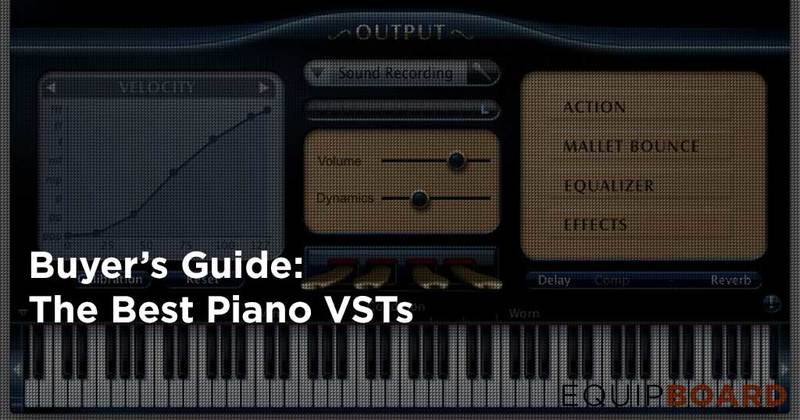


preload memory consumption is directly related to the number of samples used so it may be necessary to set the buffer size low when using an instrument with high sample counts and limited memory. preload buffers can be adjusted to meet requirements and memory Now that we know everything behind DFD, one can come to the following conclusions with regard to memory: While this will lower the memory usage of the instrument it will require that your disk work harder and faster. Decreasing the preload buffer size utilize more disk and less memory. This can avoid voice dropouts caused by disk overload but will increase the instrument’s memory footprint. Increasing the preload buffer size will utilize more memory and less disk. But let’s look at the pros and cons of increasing or decreasing this setting. Native Instruments recommends leaving the preload buffer size to the default value. If you have a slow hard disk or are experiencing glitches or dropouts while playing during background loading, disable this option. When enabled, this allows instant playback for samples which are not yet loaded.

This setting will override any preload buffer settings at the Instrument level.Īlso in the Instrument Options you can enable or disable Background Loading. It can also be set globally in the Memory tab of the Main Control Panel Options as well. The preload buffer size is set in the Instrument Options. And if the buffer is small, less of the sample is loaded in memory and more of it is streamed from disk. If the buffer is big, more of the sample is loaded in memory and less of it is streamed from disk. The amount of time (fractions of seconds) is determined by the Preload buffer size. Used instrument memory = number of samples * preload buffer sizeĪs the pre-loaded part of the sample is being played back, the hard disk fetches the rest of the sample. You can calculate used instrument memory by multiplying the number of samples in an instrument by the preload buffer size. The amount of RAM needed to load the first part of every sample in an Instrument is the used instrument memory. This specifies how much of each sample you want pre-loaded into RAM. When you load an instrument, pre-loaded RAM is allocated based on the instrument’s Preload buffer setting. However, when switching from DFD to Sampler, there may be a slight pause, as the entire Sample set needs to be loaded into RAM. You can switch between DFD and Sampler mode at any time.

Although the DFD mode minimizes RAM usage in comparison to the Sampler mode, it still has a noticeable memory footprint, as it needs to pre-load the start of all Samples into memory. Do not try to use DFD mode with Samples that reside on a CD-ROM. If you are using a HDD, you can optimize your overall voice count by putting only Groups and Instruments that access very large Samples into DFD mode, while keeping all others in Sampler mode. Of course if using an SSD, the latency and throughput will be minimal if any at all. The maximum number of voices will be lower compared to the Sampler module, because the latency and throughput of your hard disk will be a bottleneck for sampling performance. Here are a few things you should be aware of when using DFD: And when a sample is played the first part is played instantly from RAM while the rest of it is streamed from your hard disk. When using DFD, only the first part of each sample is loaded into RAM.
NATIVE INSTRUMENTS ACTION STRINGS PLAYER COUNT HOW TO
In today’s tutorial, we will discuss how to Use and Optimize Kontakt DFD.ĭFD stands for “Direct from Disk” and is a Source Module mode for playing very large Sample sets in real-time without having to load all sample data into RAM.


 0 kommentar(er)
0 kommentar(er)
